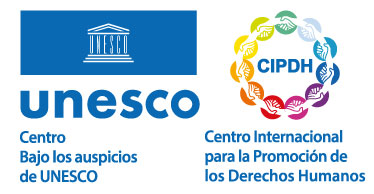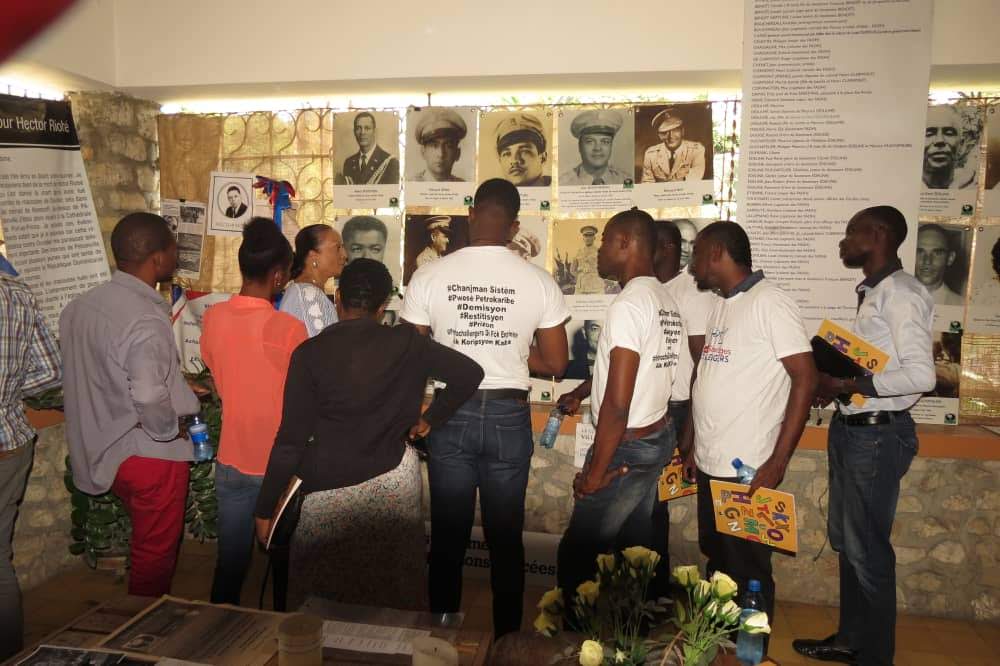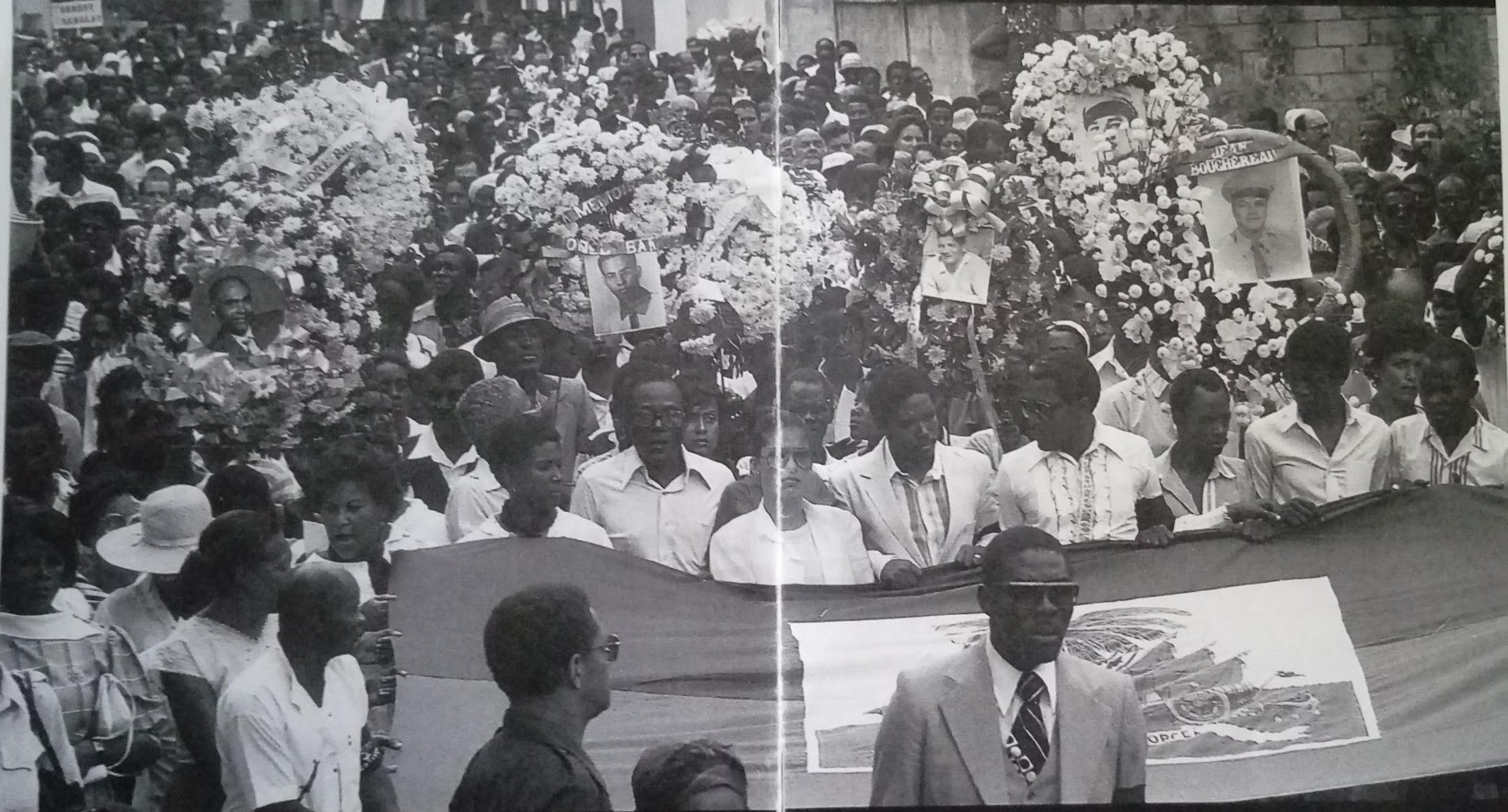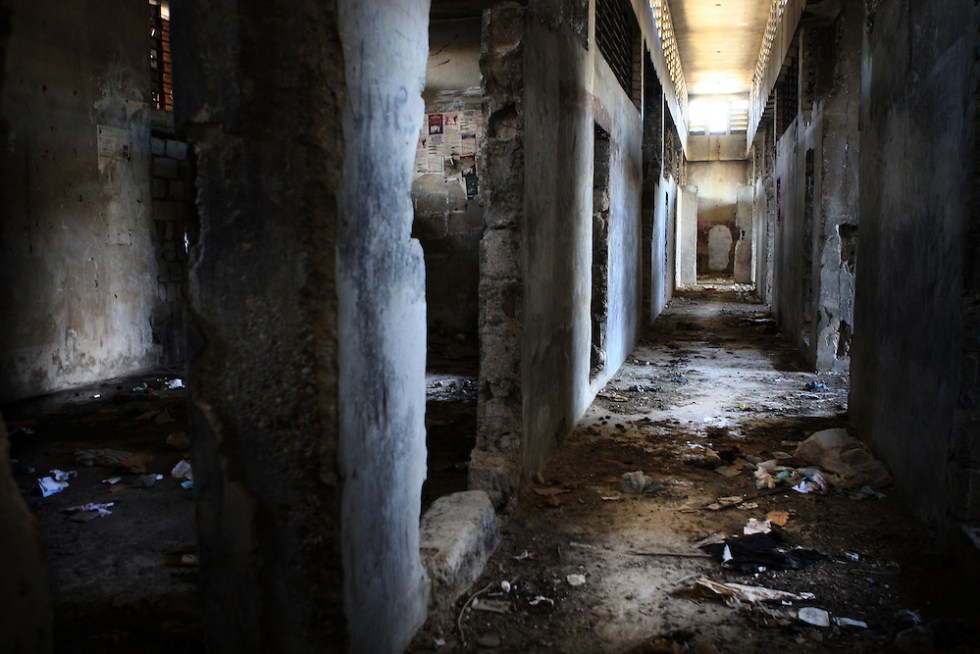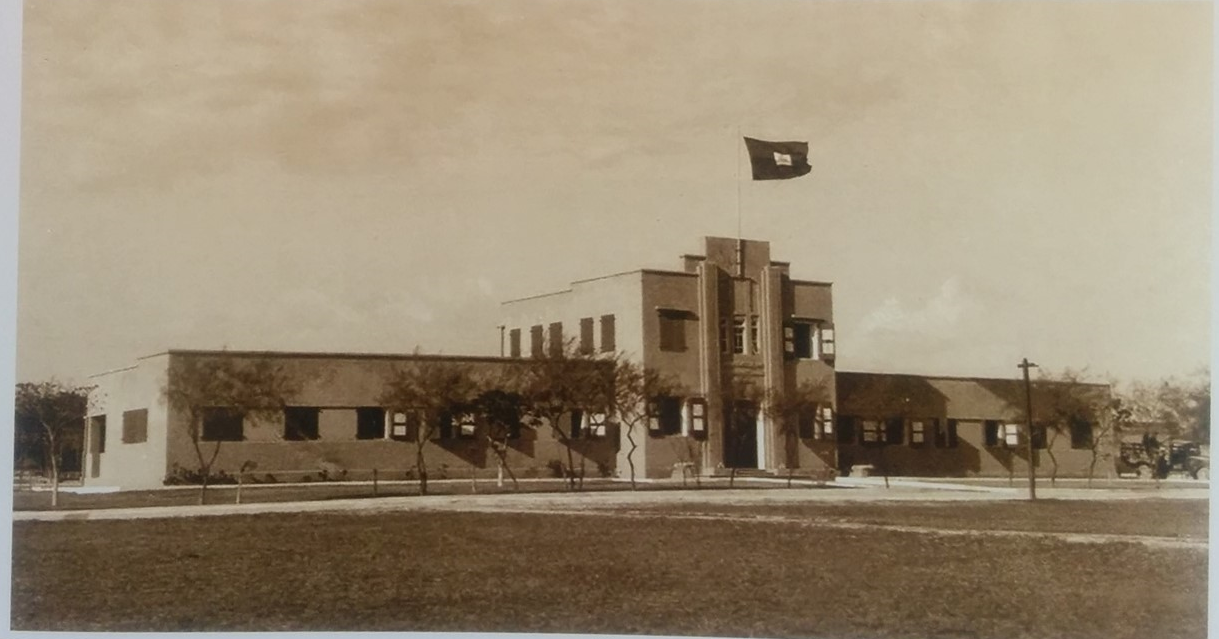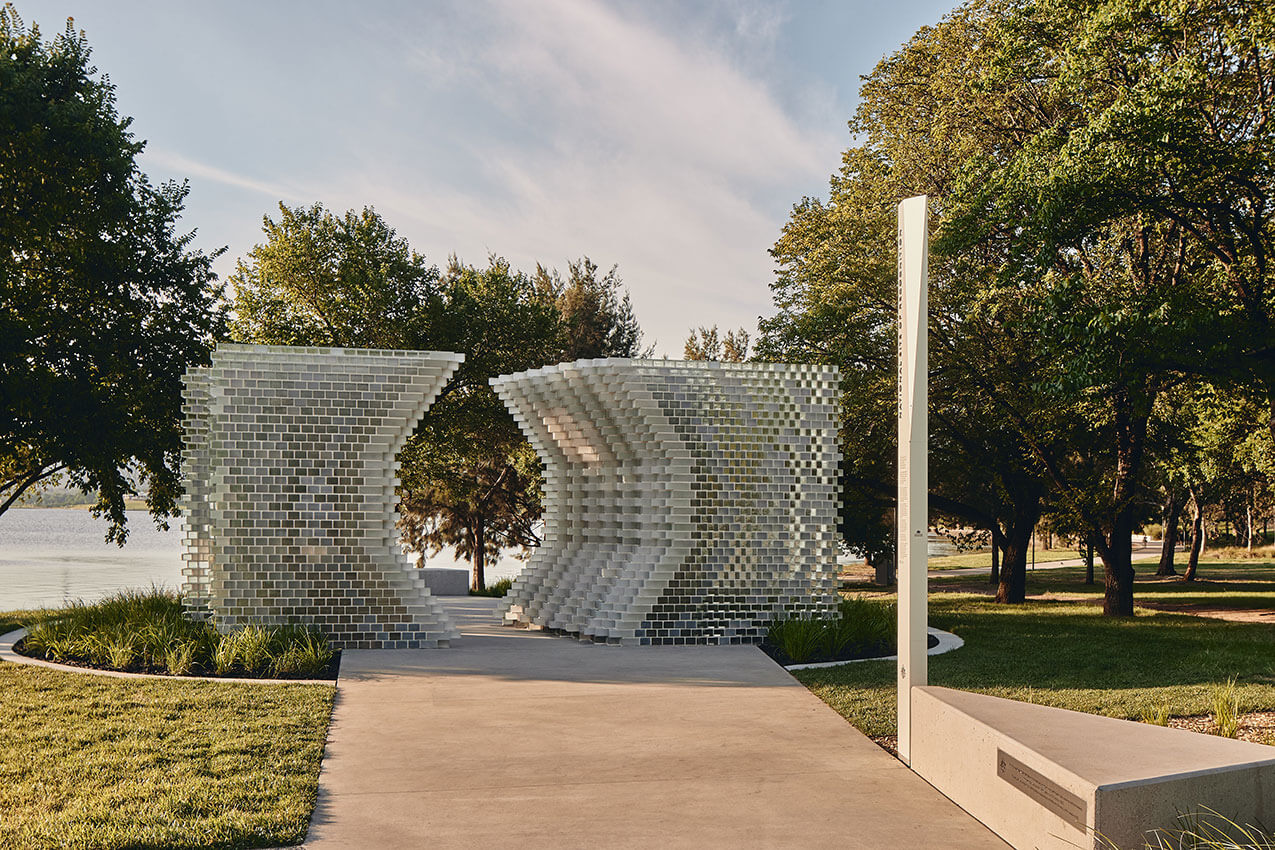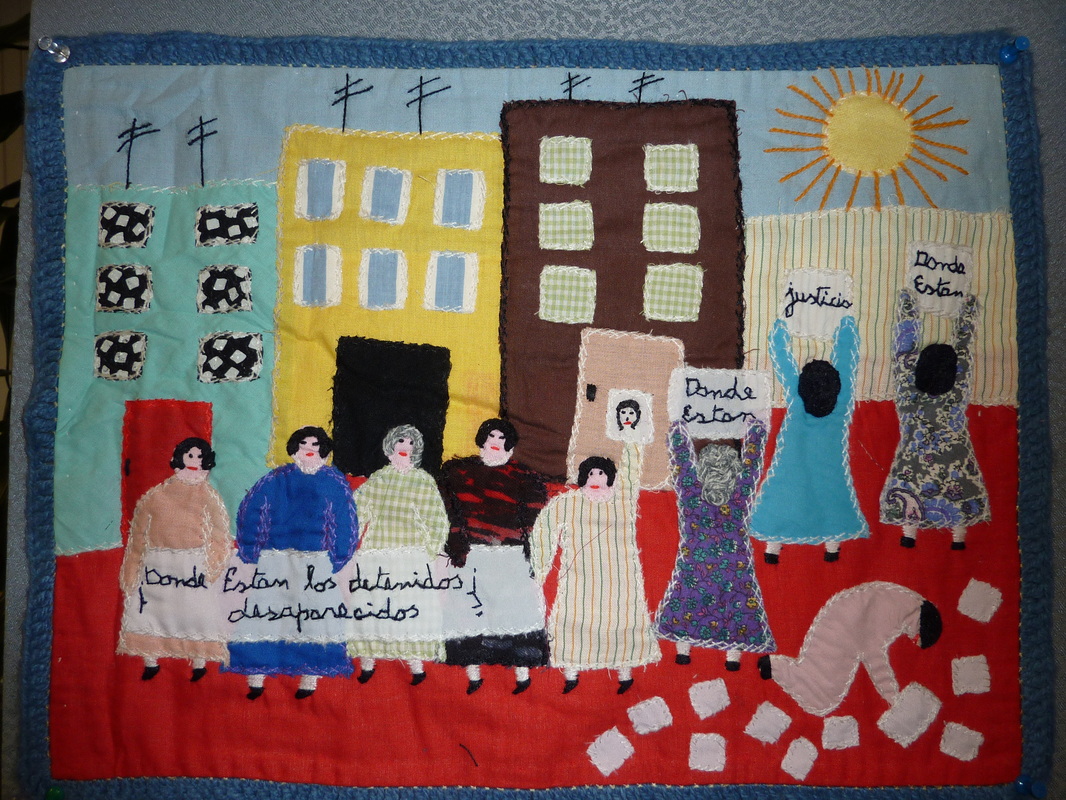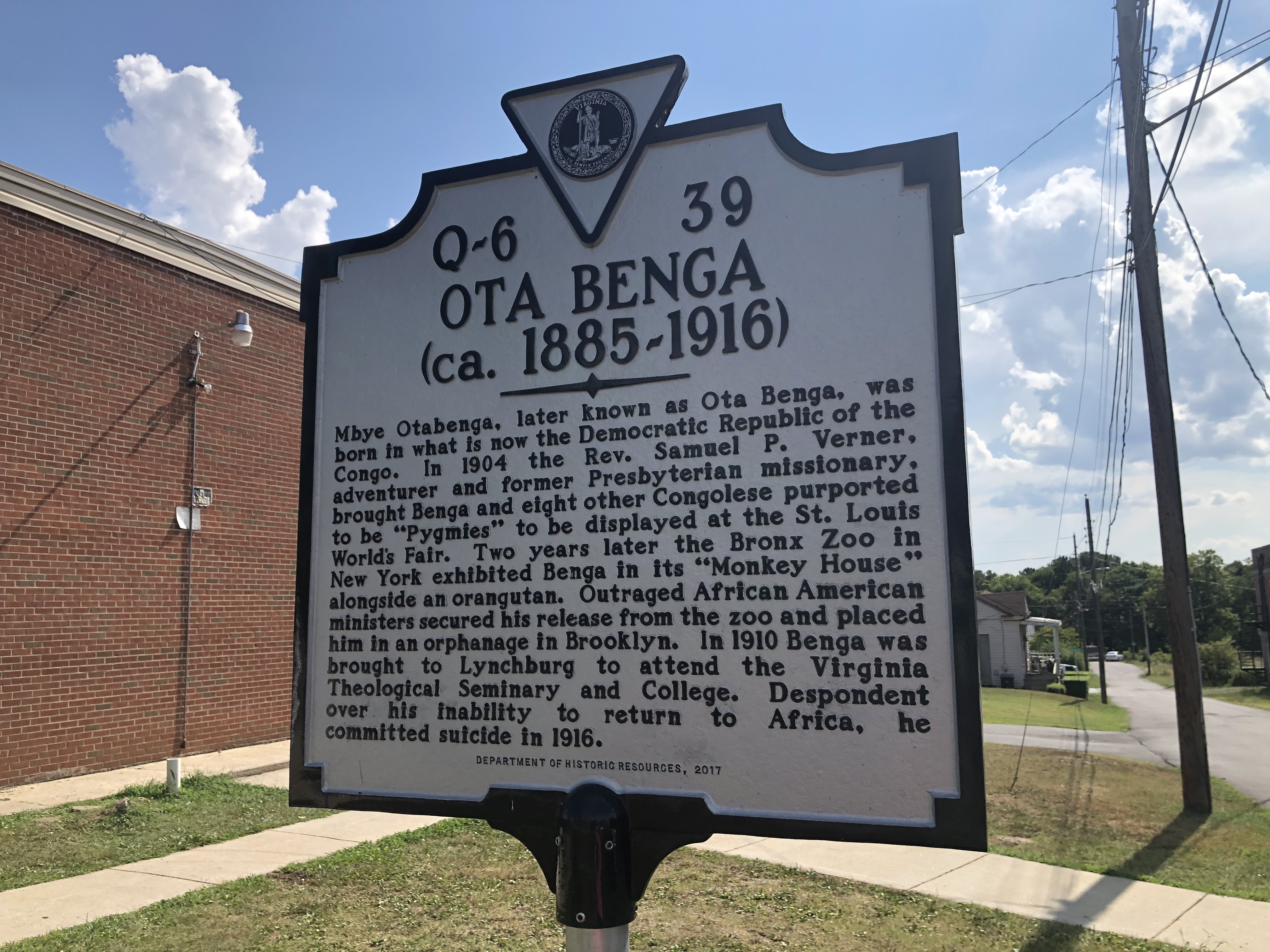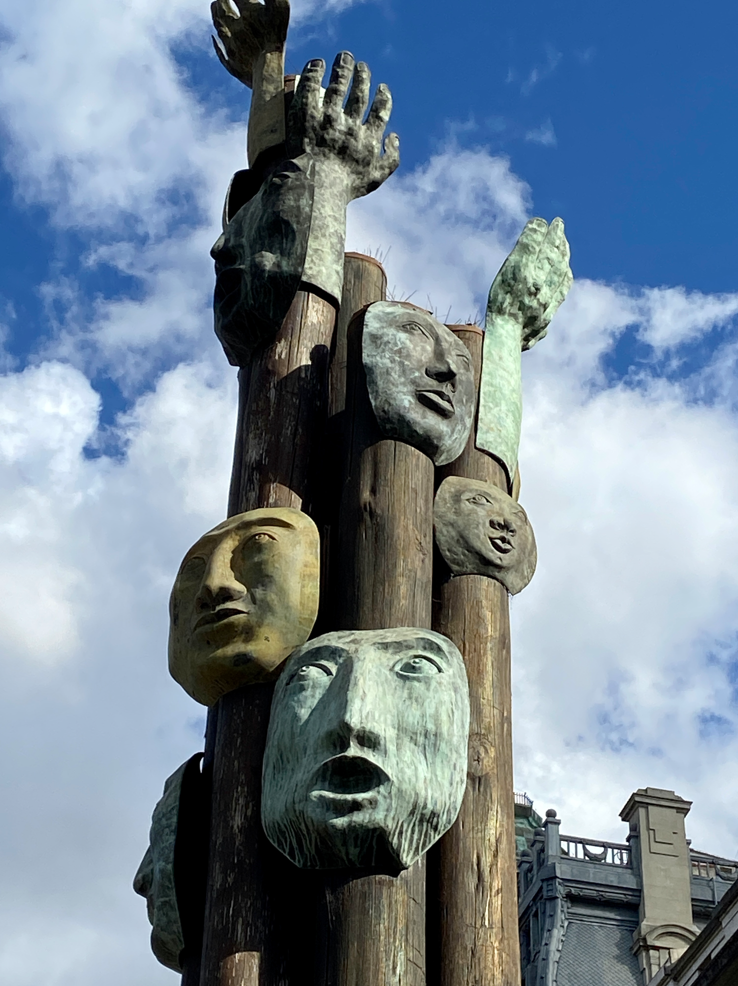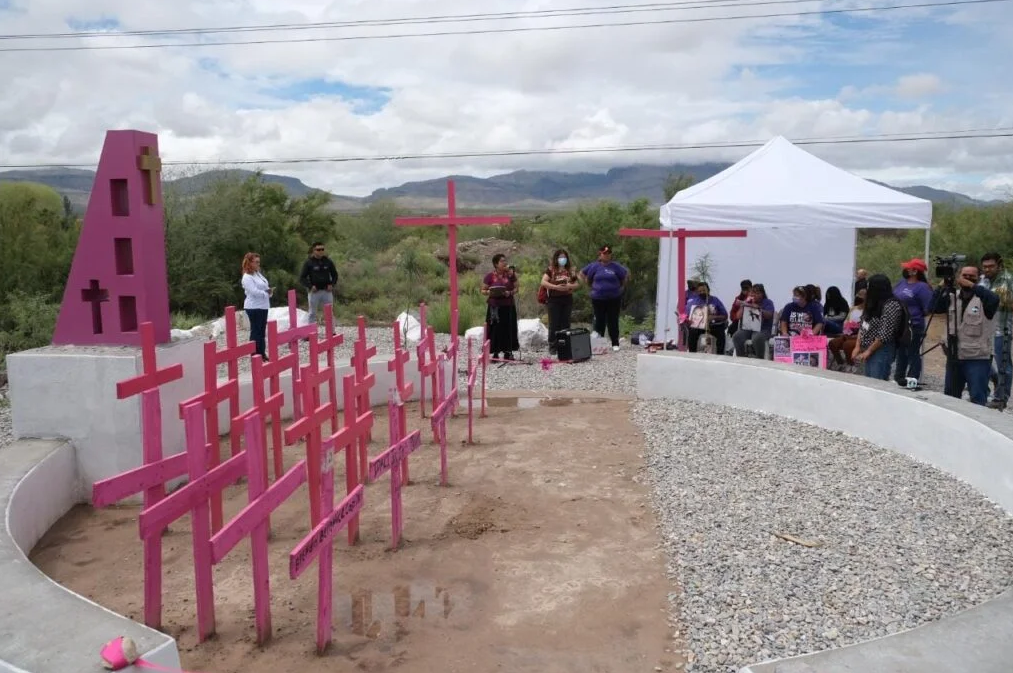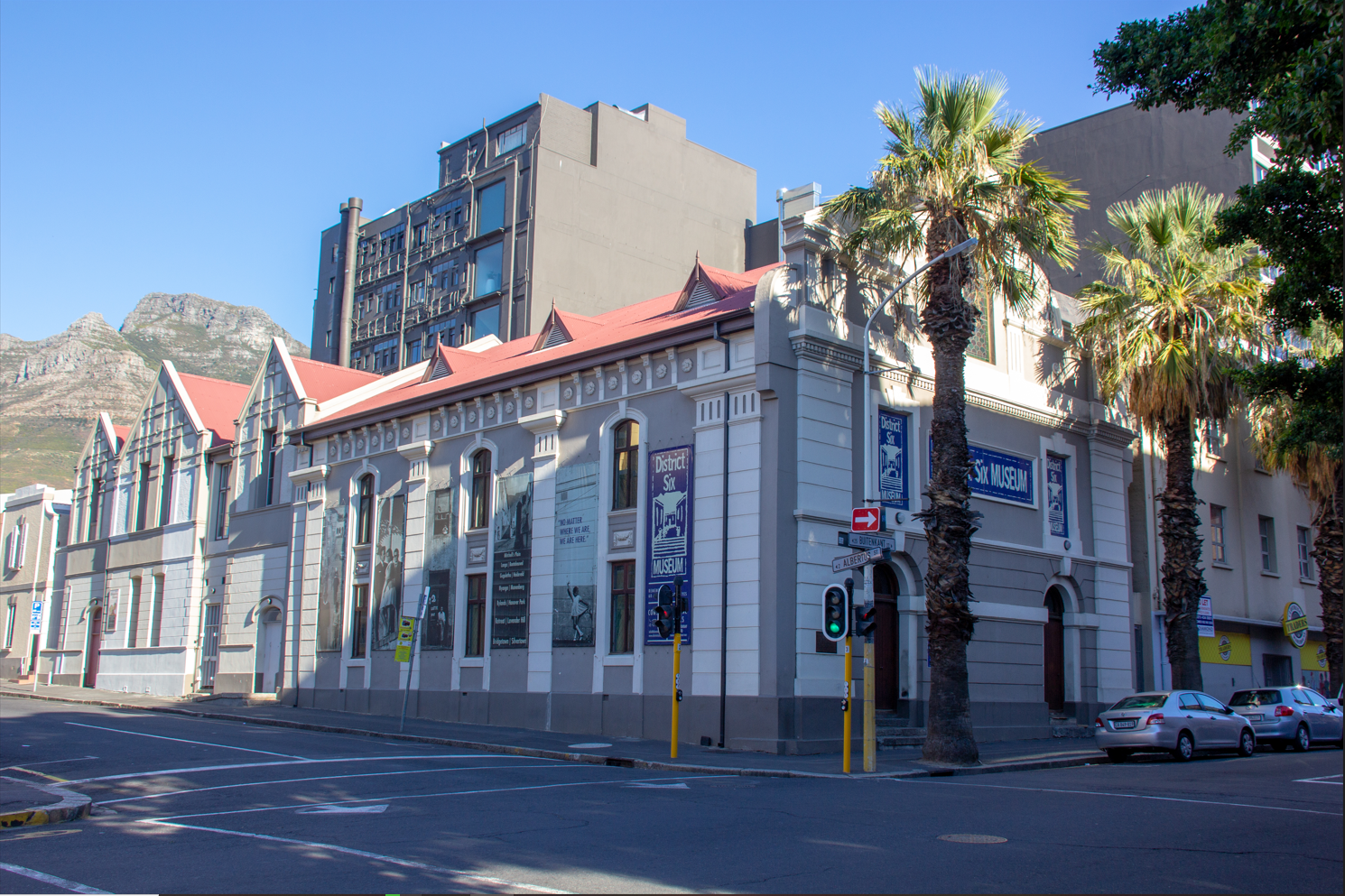Fort Dimanche
Site
Theme: Political persecution

Address
Country
Haiti
City
Port-au-Prince
Continent
America
Theme: Political persecution
Purpose of Memory
To honor the memory of the Fort Dimanche victims during the François and Jean-Claude Duvalier’s dictatorships in Haiti.
Known Designation
Fort Dimanche
Date of creation / identification / declaration
1986
Public Access
Restricted access

Location description
Fort Dimanche is an old prison of Port-au-Prince, Haiti’s capital city, built in 1804 by the French when the country was a colony. The site was famous because it was a torture and execution center during the dictatorships of François Duvalier (1957-1971) and Jean-Claude Duvalier (1971-1986). Fort Dimanche was declared a monument in 1987 as a reminder of the inhumanities committed there and it has hosted an educational institution since 2005. Every April 26, several activities are carried out in the context of the National Day of Remembrance for Fort-Dimanche victims. The claims for the conversion of the site into a space devoted to the memory of the events that took place during the two Duvalier’s dictatorships still continue.
François “Papa Doc” Duvalier governed Haiti as a constitutional president from 1957 to 1964, when he declared himself lifelong president until 1971. His regime was full of massive and systematic violations of human rights. Under his leadership, the Government was supported by a wide security force network to exercise control through political persecution, murders, extrajudicial executions, torture, disappearances, repression, press and political dissents’ censorship. The regime’s most important torture center was Fort Dimanche, known as the human hell among the prisoners. The prison had been built by the French during Colonization; it was later restored under Faustin Soulouque’s regime in 1850 and decades later it was used as a military base for the United States marines during the American occupation (1915-1934) to finally become a torture and execution center during Duvalier’s government.
On April 26, 1963, in Port-au-Prince, the paramilitary group Tontons Macoutes unleashed a wave of terror, persecution and extermination of the alleged opponents to the Government after they tried to kidnap François Duvalier’s son, Jean-Claude. The Macoutes raided houses of the alleged enemies of the regime looking for the culprits. The people that they met in the streets or while they were driving their cars were murdered and hundreds of them were imprisoned or disappeared in the prison of Fort Dimanche. From that moment on, the military premises turned into a detention, torture and execution center for the opponents of the regime. Social organizations state that the quantity of murders and enforced disappearances during the François and Jean-Claude Duvalier’s dictatorships stands between 30,000 and 50,000.
After Francois Duvalier’s death in 1971, his son Jean-Claude succeeded him. He self-proclaimed president of Haiti and governed the country until he was overthrown on February 7th, 1986. As from that moment, the Armed Forces used the prison of Fort Dimanche as barracks. On April 26, 1986, activists and families that asked for justice for the victims of Duvalier’s government, in particular those who died in the massacre that took place on April 26, 1963, marched peacefully towards the old prison of Fort Dimanche, where several people were repressed and murdered by the Army.
On February 8, 1991, the old detention center received its first official commemorative visit. In front of human rights’ activists, then president Joan Bertrand Aristide agreed to turn the prison into a museum. This could not be implemented because he was overthrown months later. Since 2005, the main buildings of the military settlement of Fort Dimanche have hosted the mixed education institution La Saline.
On April 21, 2015, the Haitian Government decreed April 26 as the “National Day of Remembrance for Fort-Dimanche victims” in memory of the two massacres perpetrated by the dictatorial regime: in 1963 and 1986. The statement encourages mass media to share the information and that this be discussed in private and public areas (educational, commercial, religious entities, etc). Nevertheless, organizations report that, only on April 26, 2015, it was complied with as provided, so the Foundation Devoir de Mémoire-Haiti (Right to Remembrance-Haiti) wrote a letter to the Haitian president, dated March 29, 2018, emphasizing the need to fulfil the objectives set by the presidential decree and so be able to celebrate said National Day accordingly.
Likewise, the Foundation (which works as a space of memory and debate) organizes activities every April 26 to commemorate the events, from art exhibitions to conferences where the topics related to life under a dictatorship and the requirements of the rule of law are discussed. A lot of activities are aimed at young people, as part of the effort to transfer the memory. Besides, they suggest turning Fort Dimanche into a “park in memory of the Haitian people.”
Exhibition made by Devoir de Mémoire-Haïti. Photos: Cortesy of Fondation Devoir de Mémoire-Haïti.
